A Stale, Canonical Musical Offering Nothing New
The young Michael and Jane Banks are long grown up. Michael has children of his own, a dull job, and all the other trappings of adulthood. He’s also a recent widower, struggling to cope with the loss of his wife. In his grief, Michael even forgets to pay the mortgage, and he and his children face eviction. Enter Mary Poppins, as strict, courteous, and ageless as ever, to set things right.
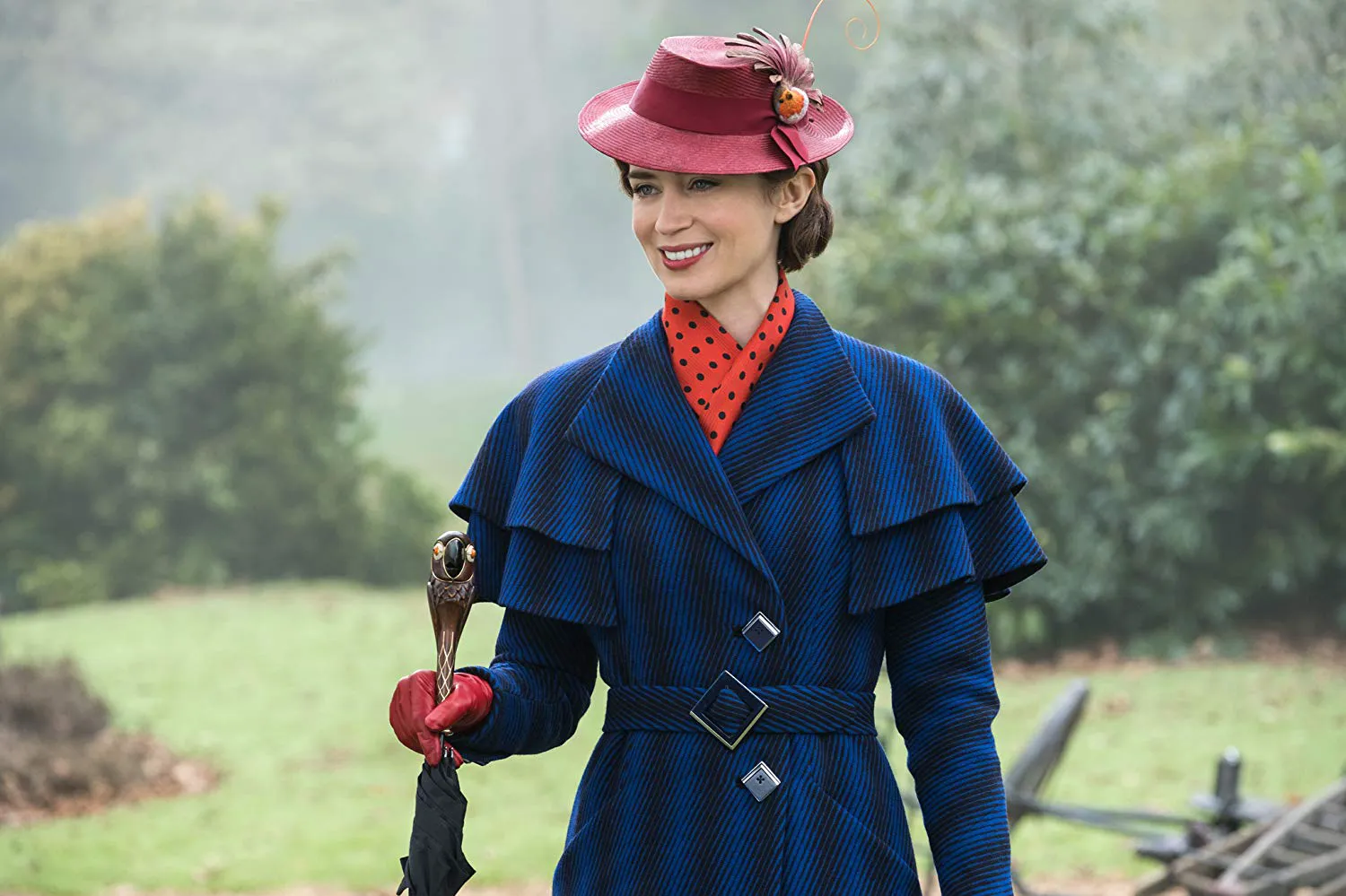
The Buddhists might have been right when they said that life is cyclical and what has been will inevitably return. Or maybe it wasn’t the Buddhists, but a character from a very popular TV series – who can tell these days? Consider this: Disney once made simple musicals where all emotions were expressed through dance and every thought had to be sung aloud. Then, at the beginning of our century, they delved into light postmodernism, poking fun at themselves (“Enchanted”) and playing with revisionism (“Saving Mr. Banks”). Now, the wheel of Samsara has turned again. Animated films are being remade shot-for-shot, and old musicals are being continued in complete seriousness, without a hint of revisionism, irony, or any real reflection. Everyone is singing again, lamplighters are dancing, and there’s joy, happiness, and grace all around.
The Director’s Touch
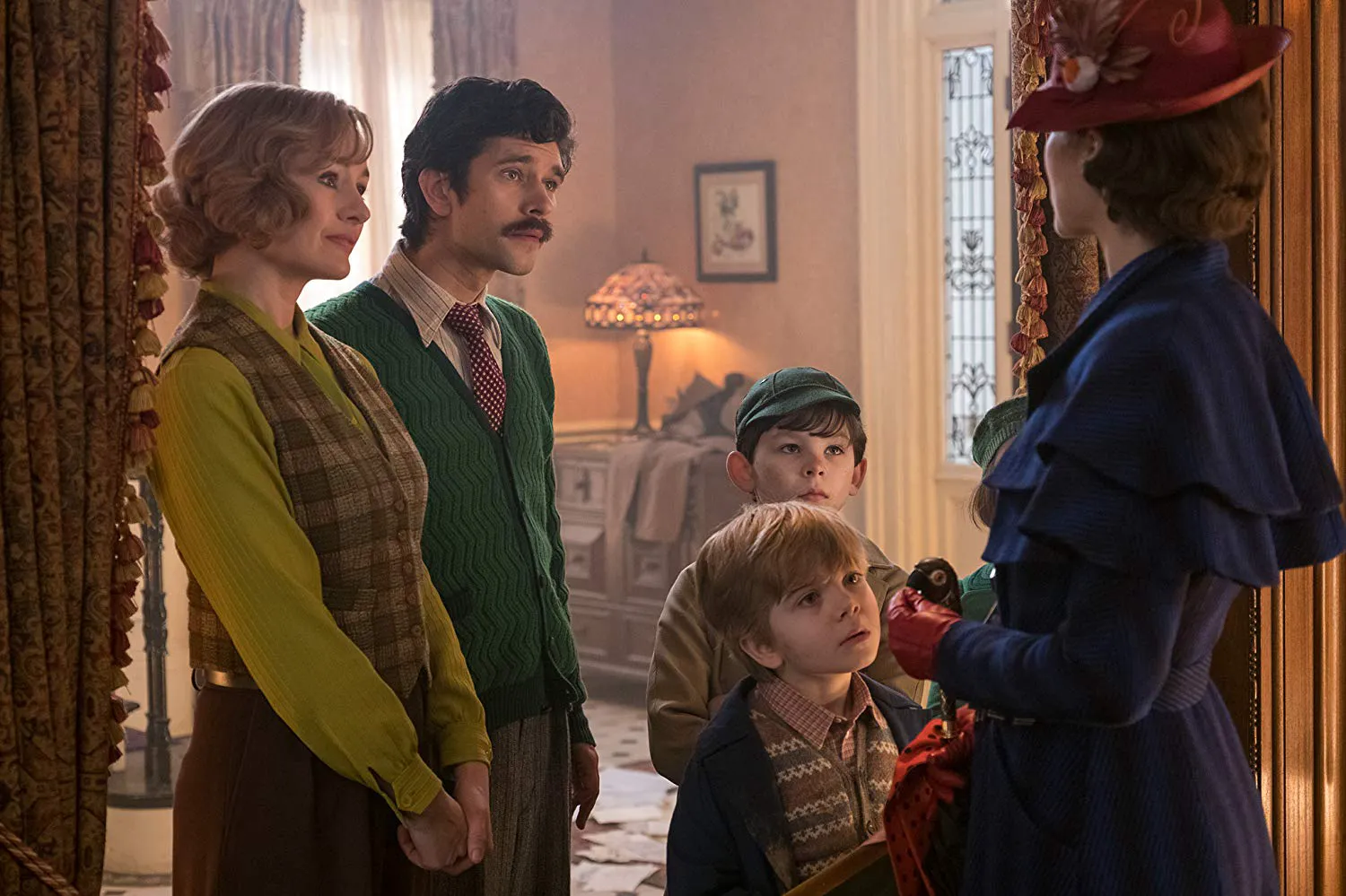
At the helm of this spectacle is, of course, Rob Marshall, a Broadway choreographer who occasionally tries his hand at filmmaking. His success is hit-or-miss, and even when he succeeds, the best parts of his films are purely superficial: dances, songs, sets, costumes, and other trinkets. This was the case with Marshall’s previous Disney endeavor, the dreadful “Into the Woods,” and it’s equally true for “Mary Poppins Returns.”
A Feast for the Eyes, A Void for the Soul

On the surface, it’s almost a perfect film. The whimsical fantasy worlds that Mary periodically takes the children to are visually stunning. The oil-painted, inky London, a realm of gloomy adults and villainous capitalists, is aesthetically pleasing. Each dance number is perfectly choreographed, Lin-Manuel Miranda is criminally charming, and Emily Blunt is the best thing that could have happened to the character of Poppins in our challenging times. But all of this could have been just as lovely outside the context of the story.
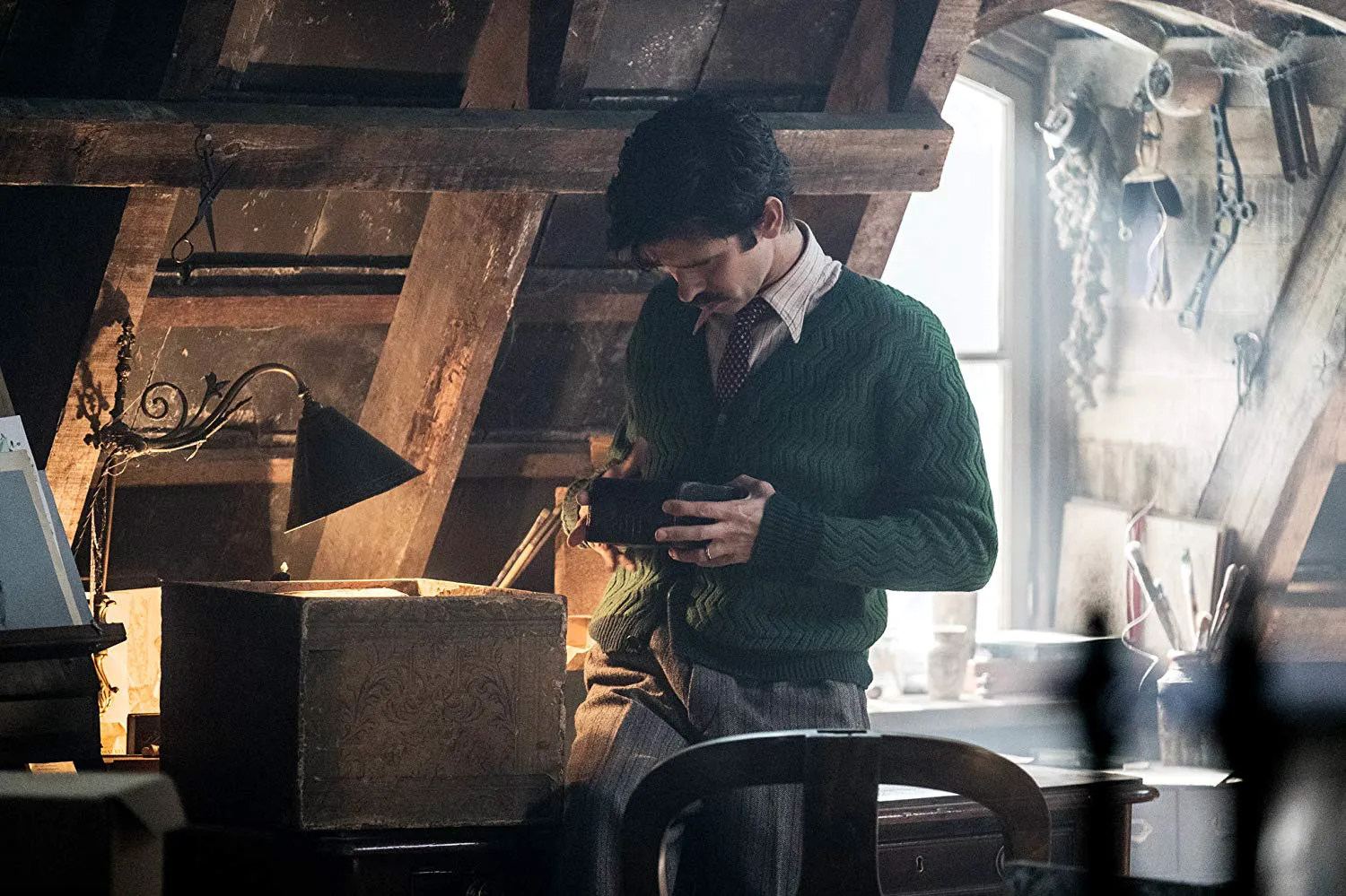
In fact, it tries to exist “outside”: the musical interludes are barely connected to the bare plot, where the main task of the characters is to save their home from the clutches of a cynical businessman (apparently, they couldn’t come up with anything more banal). And the characters themselves – the three Banks children – are of no interest to the film. You’re unlikely to remember their names, and you probably won’t pay attention to them at all. Why bother when there’s such pomp, beauty, and Emily Blunt all around? You don’t need it, and Rob Marshall doesn’t either.
The Illusion Fades
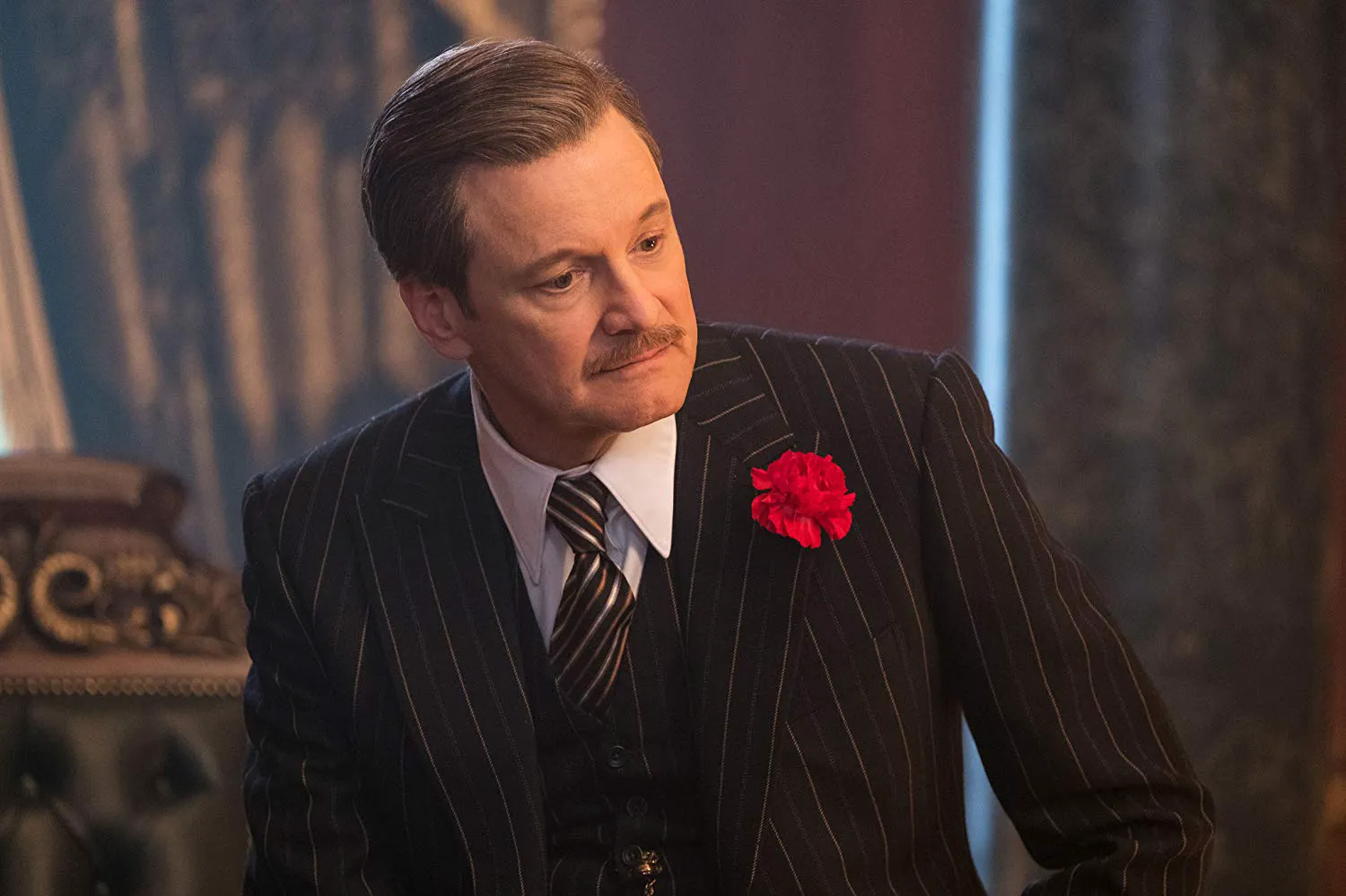
And it’s a good thing that he doesn’t – it’s best not to venture beyond the dance numbers in “Mary Poppins Returns,” it’s not worth it. Because the moment you tear yourself away from the colorful, rhythmic manipulation, the magic disappears, and the glossy aesthetic crumbles. As soon as the characters stop singing for a second and start talking like normal people, you instantly regret it. It would be better if they continued to belt out their platitudes – they sound less absurd in song.
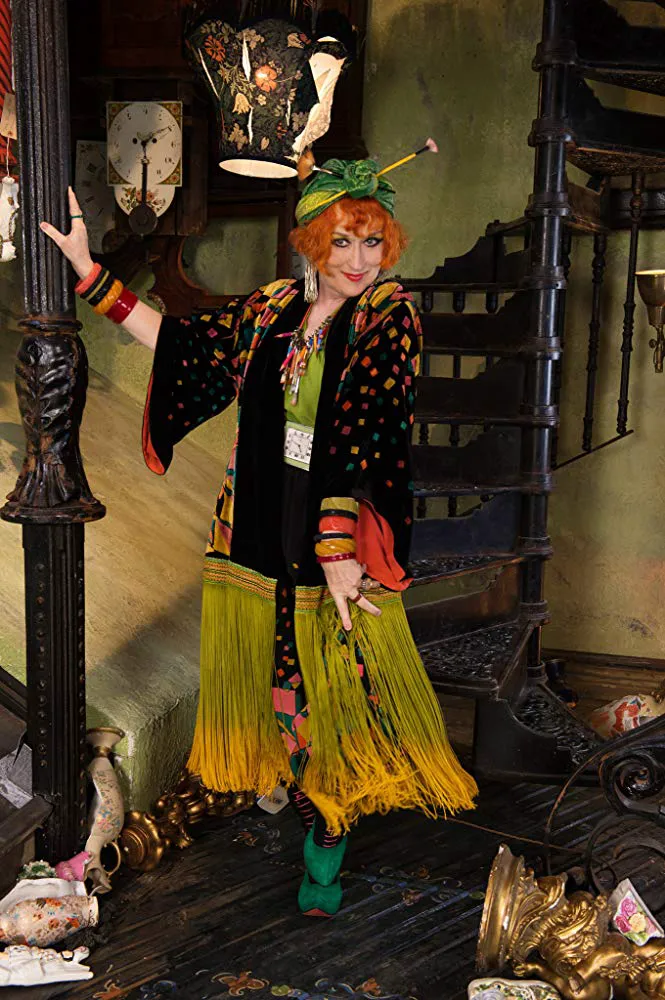
When decent actors, with wide-open eyes, are surprised that dead relatives, it turns out, remain with you in your heart forever – it’s truly frightening. It’s clear that the film was conceived as deliberately simple, infantile, in the spirit of classic musicals. But for a good retro-stylization, it has too much of the modern: its glossy, glamorous aesthetic bears little resemblance to “that” Disney. Therefore, the infantilism is not endearing, but rather irritating.
A Sentimental View of Childhood

The message that childhood should be cherished and that one should not rush to grow up is a wonderful thing. Only the very concept of “childhood” as a phenomenon in the new “Mary Poppins” is absolutely geriatric. In the obsessive desire to insert soap bubbles, cartoon dogs, or some other vulgarity everywhere, you can clearly feel the hand of a grandpa-producer who is trying to manipulate young viewers, but only remembers childhood from old postcards, classic musicals, and faded photographs. However, considering that all the miracles are shown to the children by Mary Poppins – who, judging by the film, is already two hundred years old – this makes a certain sense. But, I suspect, the authors certainly didn’t mean anything like that.
To all the complaints, someone will again say: but that’s how it should be, it’s the spirit of the original! Which one, it’s not entirely clear. Pamela Travers was horrified even by the first “Mary Poppins” with its dancing penguins – if she had seen Marshall’s film, she would have had a stroke instantly.